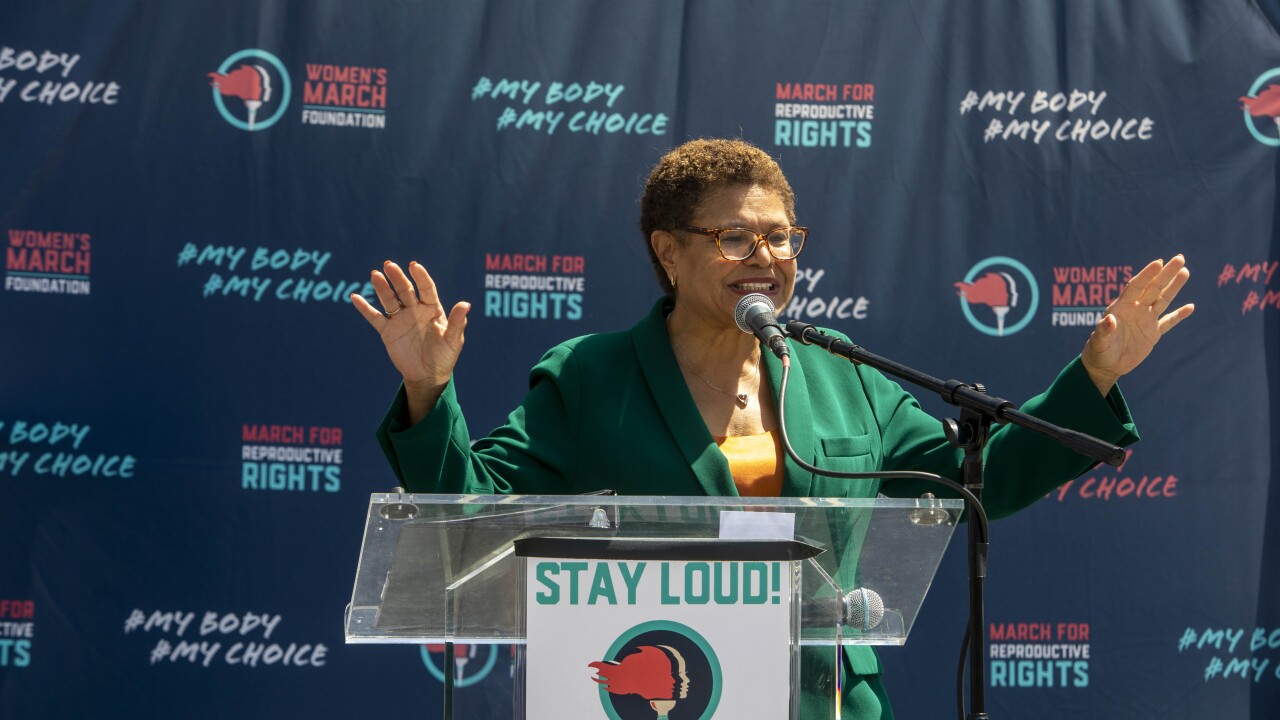SAN FRANCISCO — California’s Golden State Tobacco Securitization Corp. has been forced to draw $12 million out of its reserves to make its Dec. 1 interest payment.
The agency said it had to draw down on reserves to make an interest payment for bonds issued in 2005 and 2007 because of insufficient revenues in April from the lawsuit settlement with tobacco firms.
Municipal market participants and rating analysts have warned for months that the sector suffers from major revenue problems that will force some issuers to dip into reserves this year.
“No issuer relishes having to draw on reserves,” said Tom Dresslar, a spokesman for California Treasurer Bill Lockyer.
Golden State said in a disclosure filing in May it would likely draw on reserves to make part of the $155 million interest payments on the bonds issued in 2005 and 2007 due Dec. 1.
“This is no surprise to me,” said Richard Larkin, senior vice president and director of credit analysis at Herbert J. Sims & Co., who wrote in May that California and other states would reach into reserves.
Larkin said there are two main reasons why states are being forced to use reserves — people have been quitting smoking at a faster rate, resulting in less revenue for manufacturers, and tobacco firms and states are in a dispute over settlement payments.
Larkin warned a sustained decline in settlement payments would force California, Ohio, and Virginia to tap reserves to make this year’s debt service payments.
These issuers were also forced to invest their debt reserves in low-yield securities after guaranteed investment contracts with Lehman Brothers evaporated during its bankruptcy.
“While [California] believes the shortfall is due to more rapid declines in cigarette sales than expected and more payments being withheld in the [non-participating manufacturers] dispute, the shortfall is likely also attributable to lower-than-expected investment earnings on their debt service reserve fund,” Larkin said in the report.
California’s agreement with Lehman, he said, was supposed to generate 4.7% annually on its $253 million debt reserve. The Golden State obligations are state appropriation bonds.
If the weak trends continue in the tobacco industry, Larkin said many issuers will have to use debt service funds to meet full principal payments starting as early as 2016, and principal defaults could start by 2024.
In response, rating agencies this year have already downgraded many tobacco bonds, including Golden State’s debt. Its various ratings hover from one to several notches above junk level.
Tobacco bonds are backed by payments made under a 1998 Master Settlement Agreement that requires tobacco manufacturers to make annual payments to states based on consumption and other factors.
Because of the ongoing dispute, tobacco firms have been putting part of their annual payments into a so-called disputed-payment account.
The companies’ annual payment in April was 5% less than a year earlier both because of fewer smokers and because Altria Group Inc., the parent of Philip Morris USA Inc. and the largest manufacturer in the settlement, decided for the first time to put part of its payment into the disputed-payment account. It is estimated that around $7 billion is in dispute.
The two sides nearly settled the dispute earlier in the year with a plan that would have allowed tobacco companies to save $2 billion and change terms of the original agreement, but attorneys general from several states refused to sign off on the deal.





